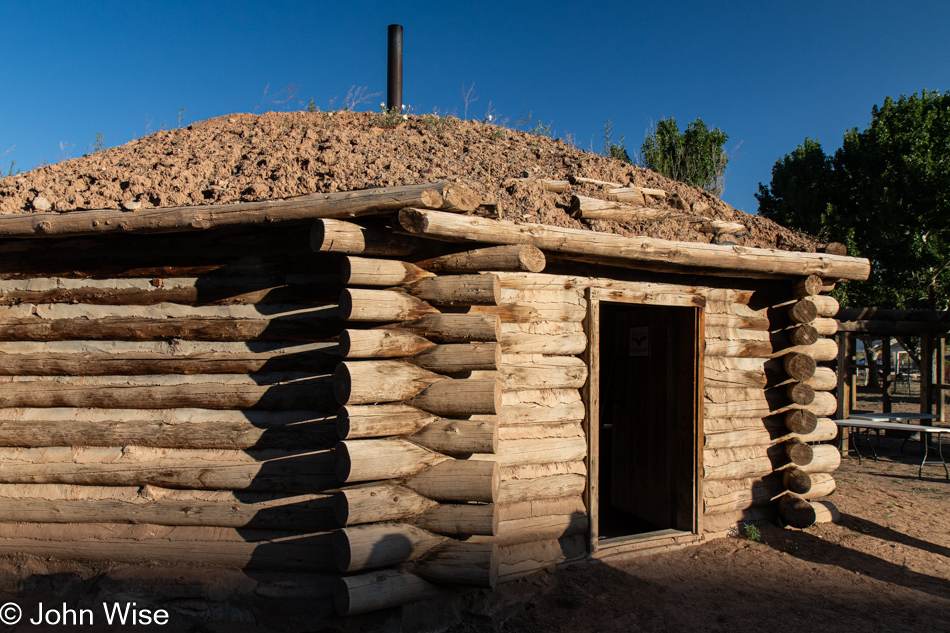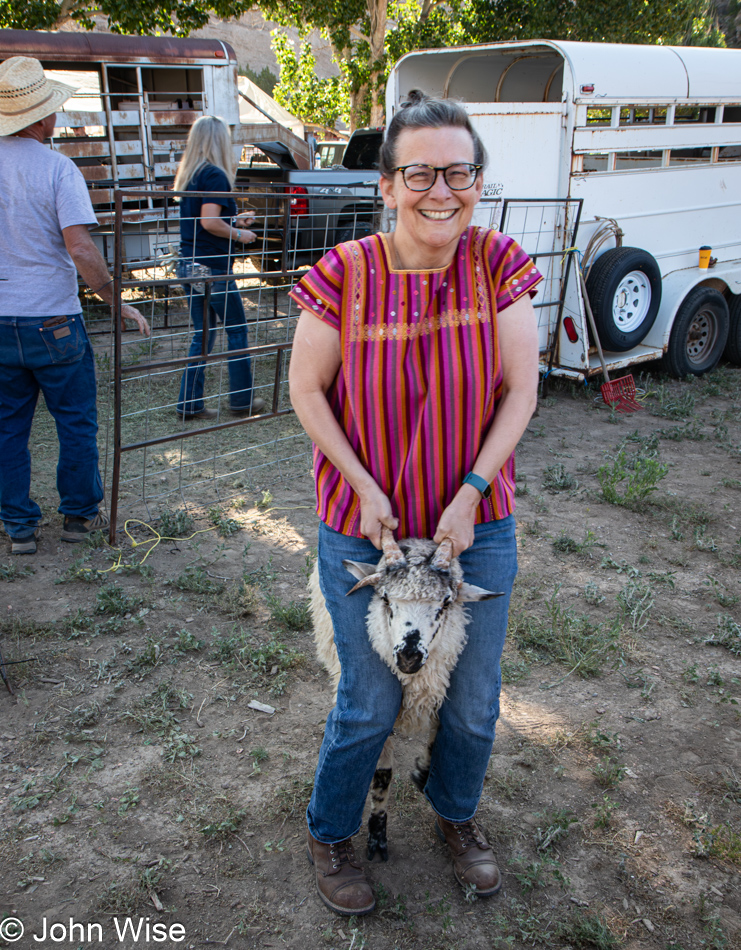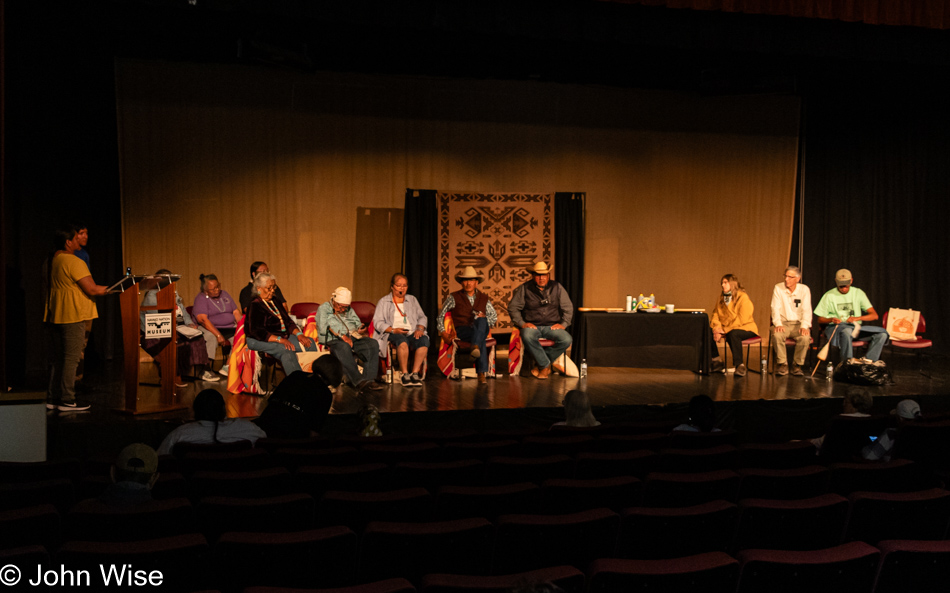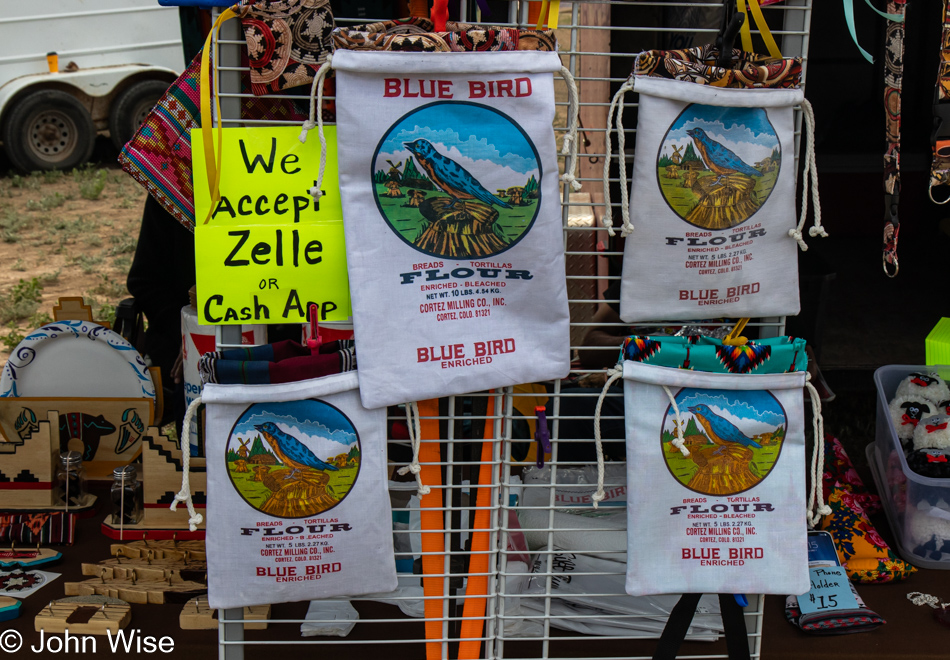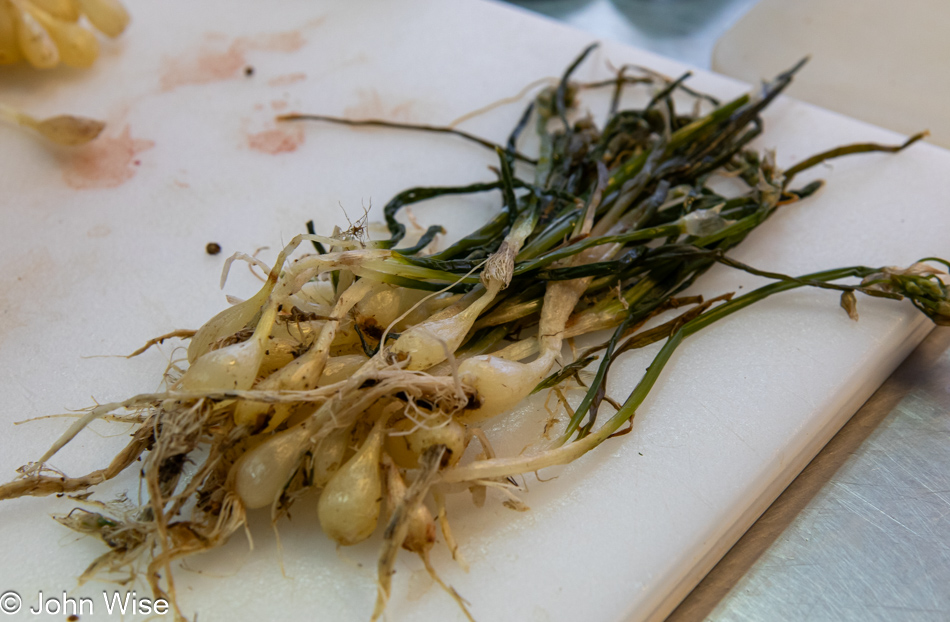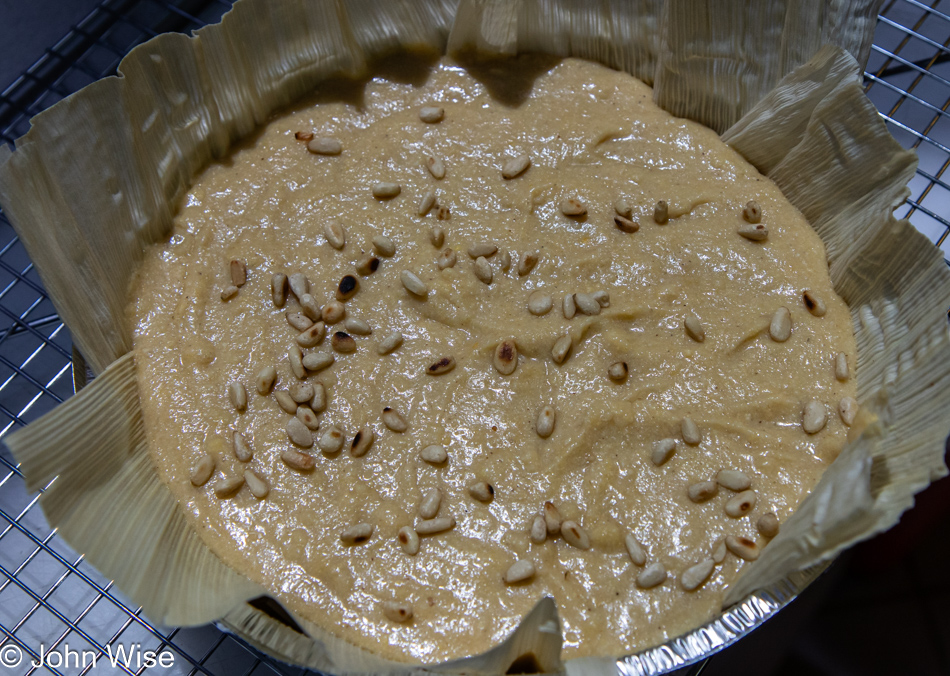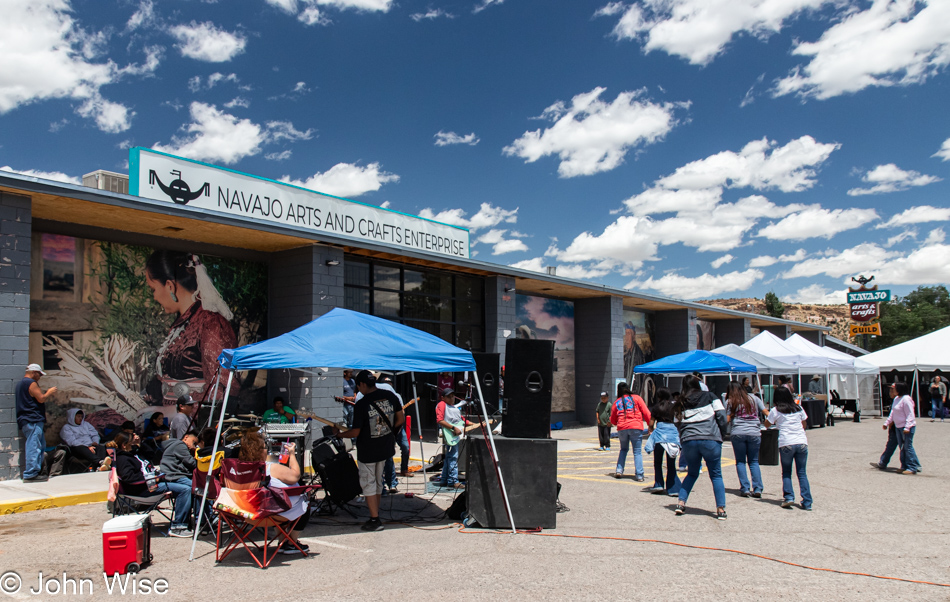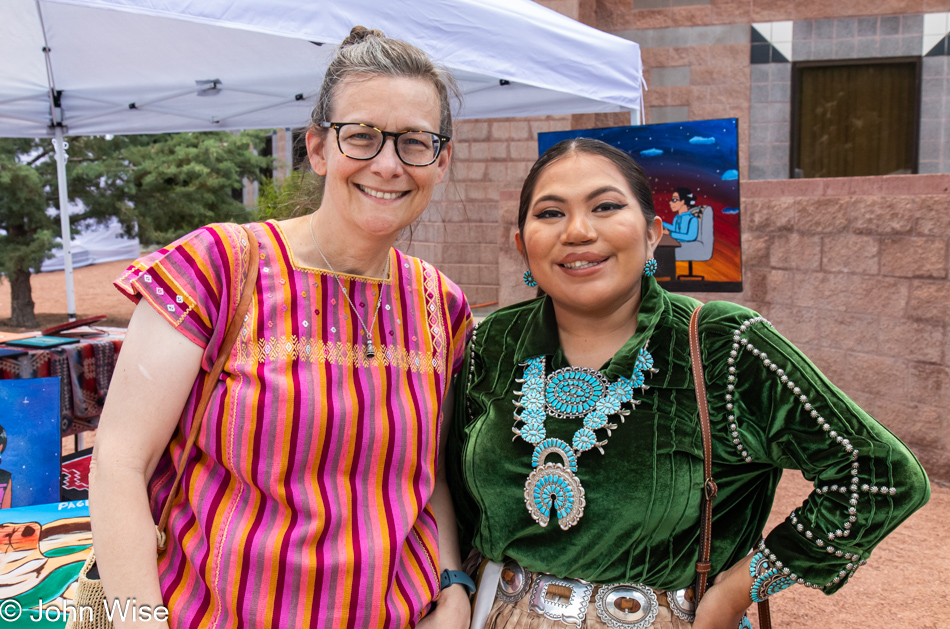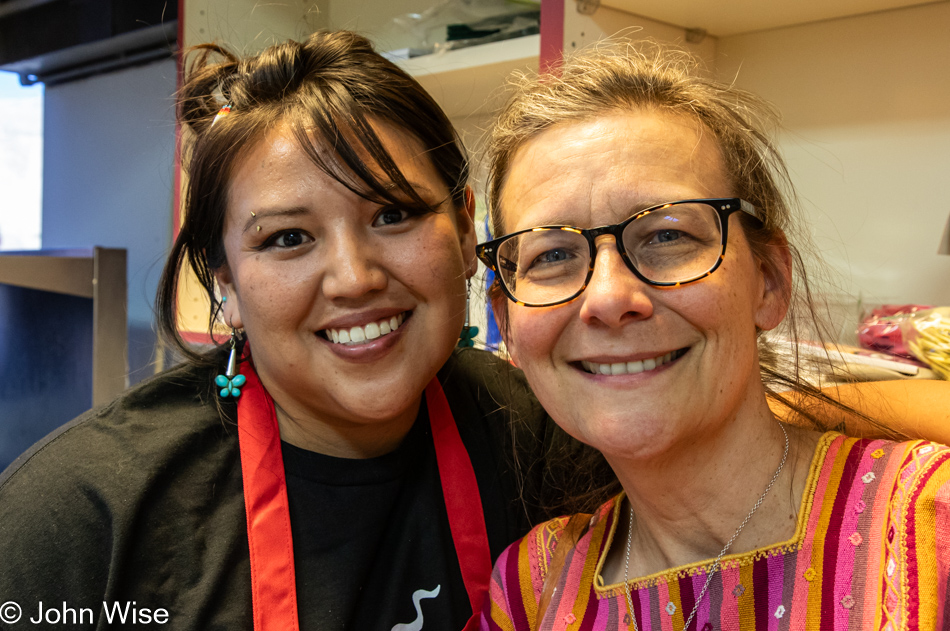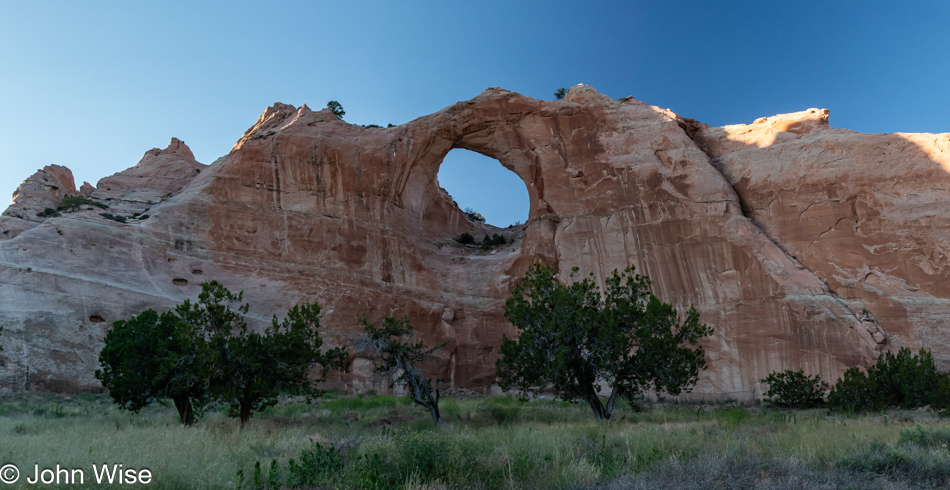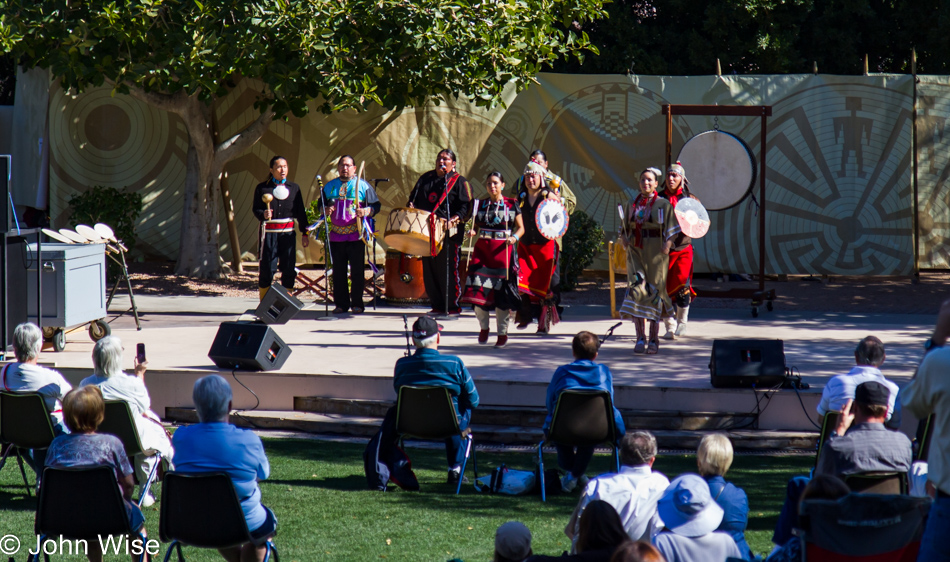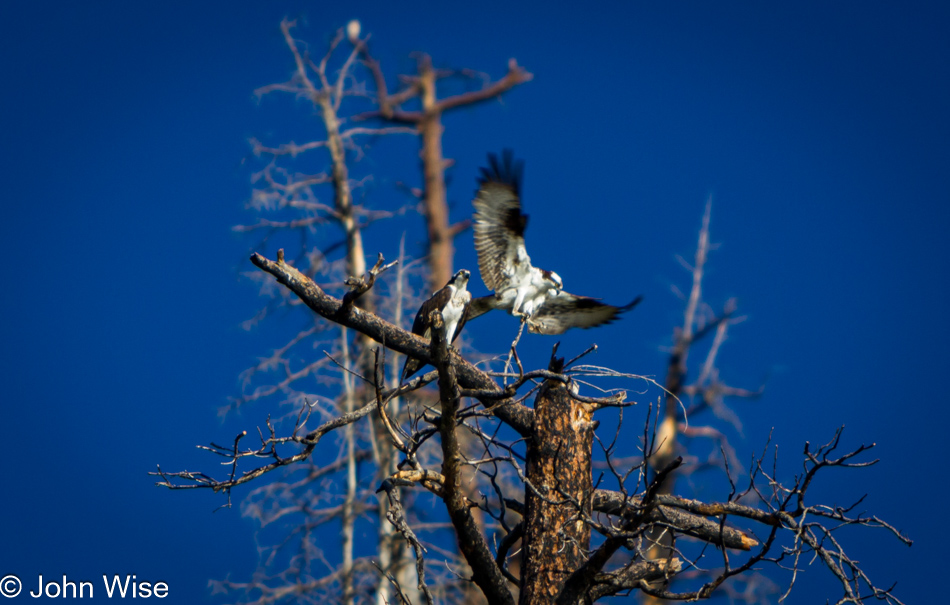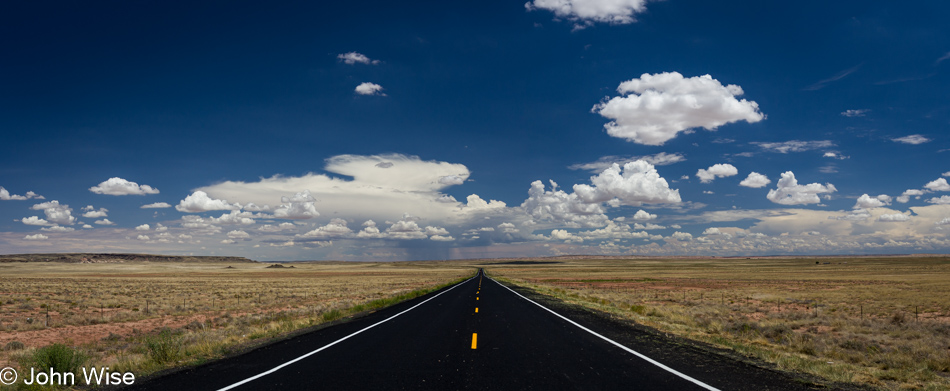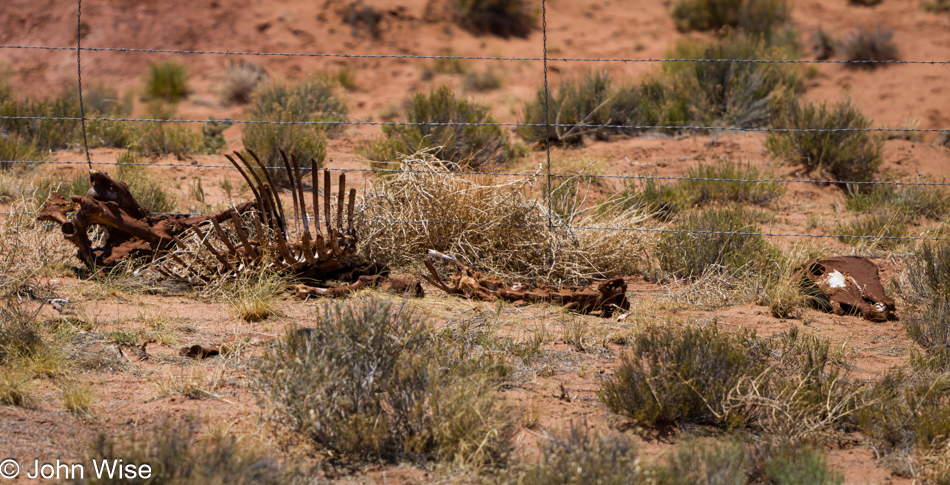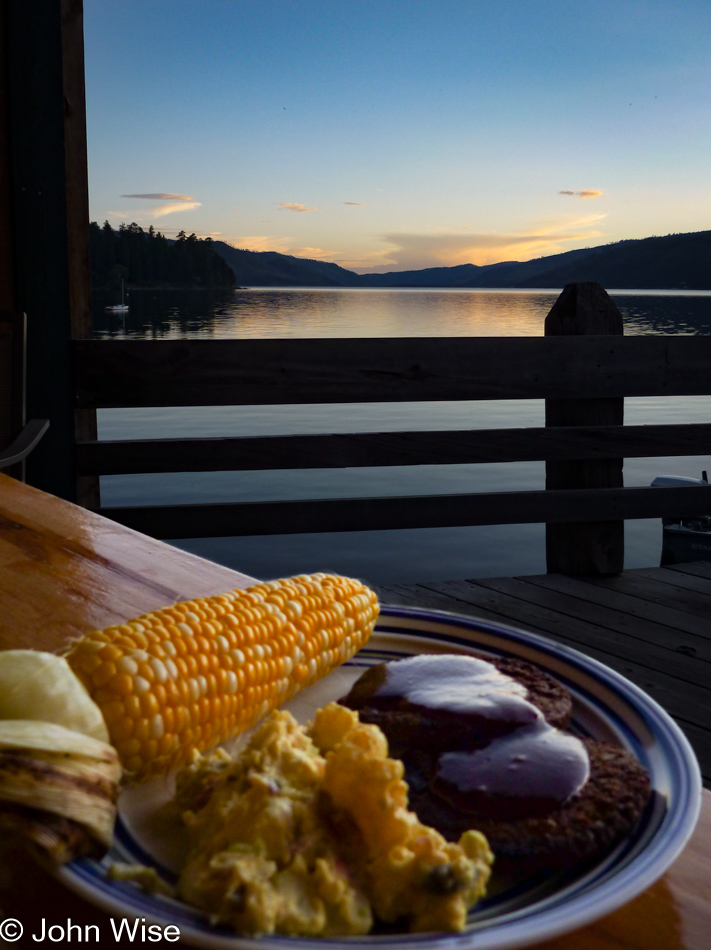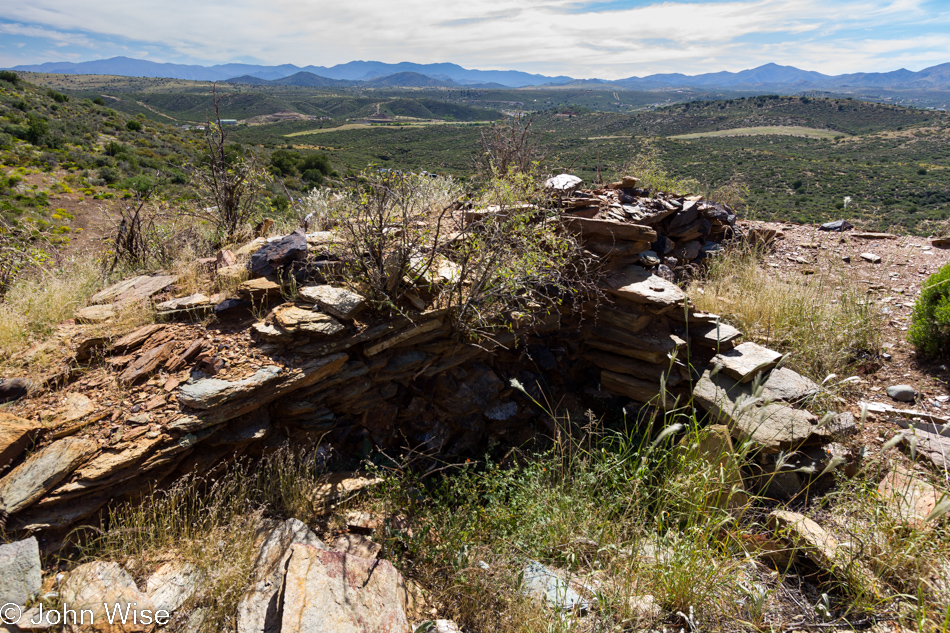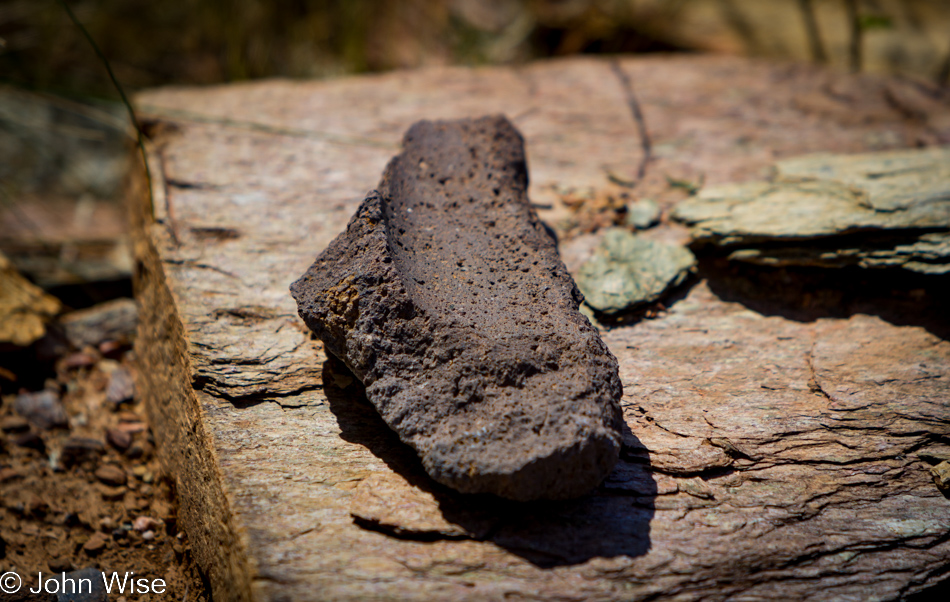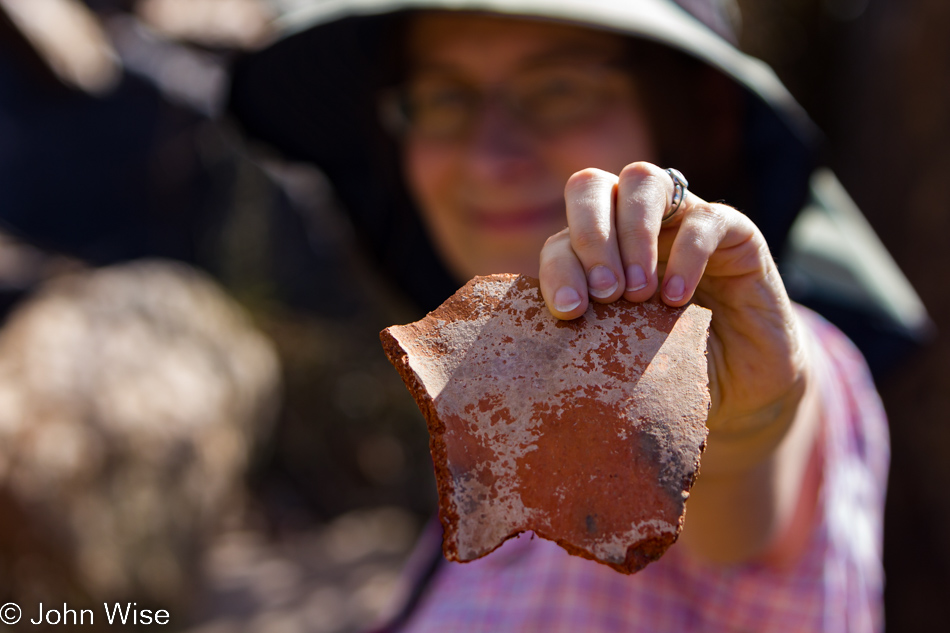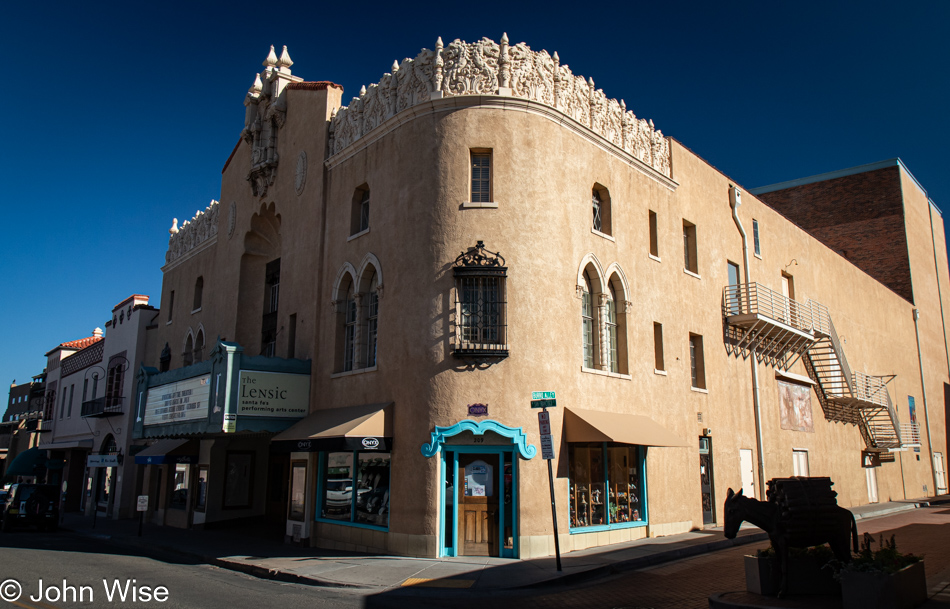
Our time at the International Folk Art Market has come to an end, as will our time in Santa Fe today. We considered adding an extra night here, but the mystery of how to spend our day was less intriguing than the idea that if are moving somewhere, we’ll have to spontaneously decide to do things that are relatively unknown. Our agenda contained only one fixed item to explore when we departed Santa Fe; some months ago, we picked up a brochure for the Turquoise Trail, which had captured our curiosity, so there’s that. We are also switching our breakfast plans and venturing into the old town to Tia Sofia’s, because this early in the morning on a Sunday, the streets are not yet busy.

Sure enough, things are quiet on the streets of Santa Fe.
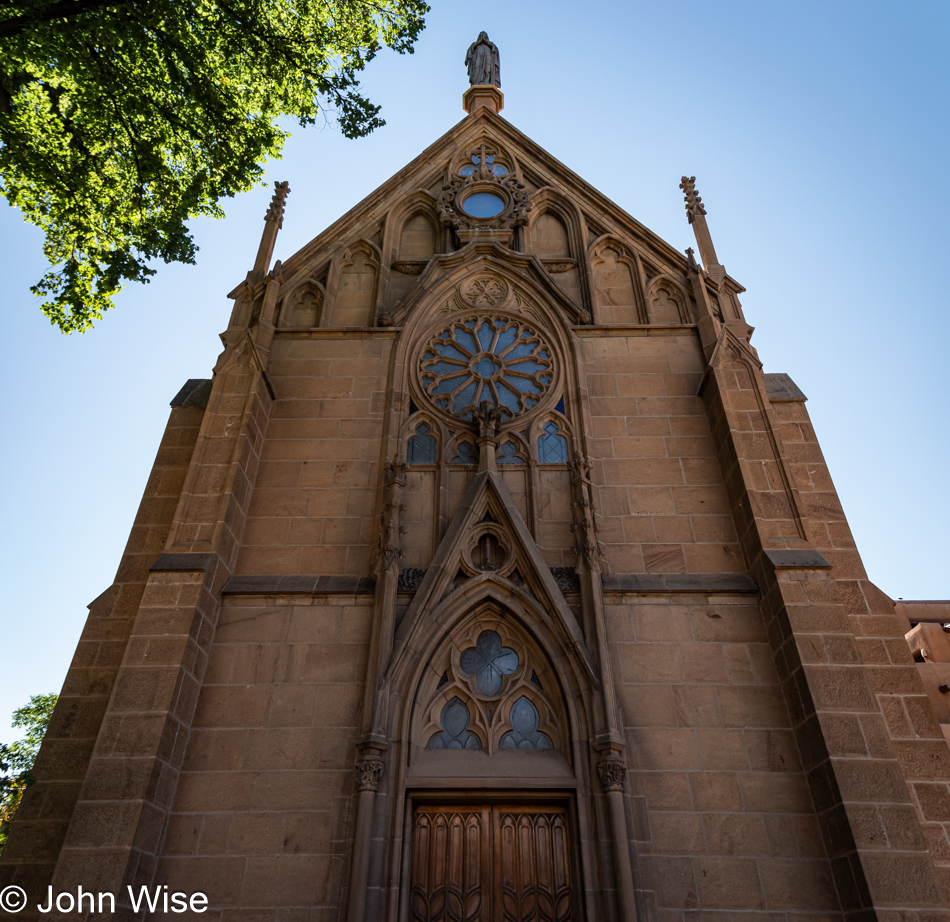
Uncertain about whether we’d be able to grab steps during a day that might feature a lot of driving, it was essential that we attempt to get in at least a couple of thousand while still in the cool of the day. It turns out that we’d never visited the Loretto Chapel, but that’s about to be rectified.
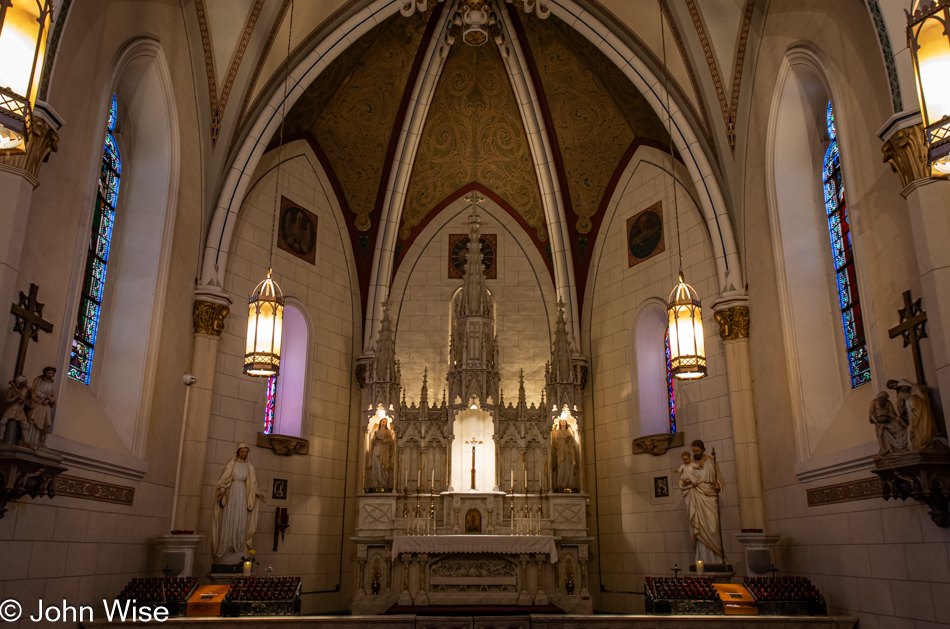
The church was consecrated 145 years ago in 1878, and while the surrounding girls’ school known as the Loretto Academy fell to the wrecking ball back in 1968, the deconsecrated church was saved, becoming a museum and wedding chapel so it didn’t have to become a victim to progress too. Consequently, it costs $5 to enter the space still maintained by the entity that took over the property so many years ago.
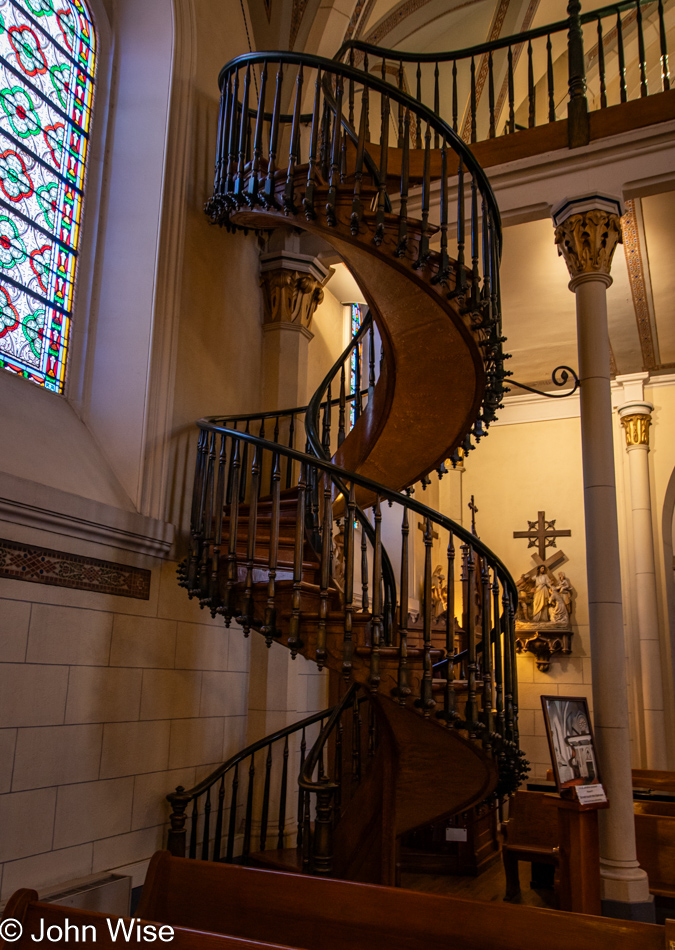
This spiral staircase is a major draw as it features two complete 360-degree turns without a center pole for support. This means that the entire weight of the staircase rests on the bottom step, which some would say defies what should be possible. I have to say that the photo in the chapel showing about a dozen young ladies standing on this spring-like staircase is intriguing; maybe of yet even greater interest is that for the first ten years the staircase existed, there was no handrail. Needless to say, visitors are not allowed to ascend the steps.

Jesus wept. John 11:35. Actually, I wrote this at 4:39 p.m., but referencing 11:35 sounded more poetic.
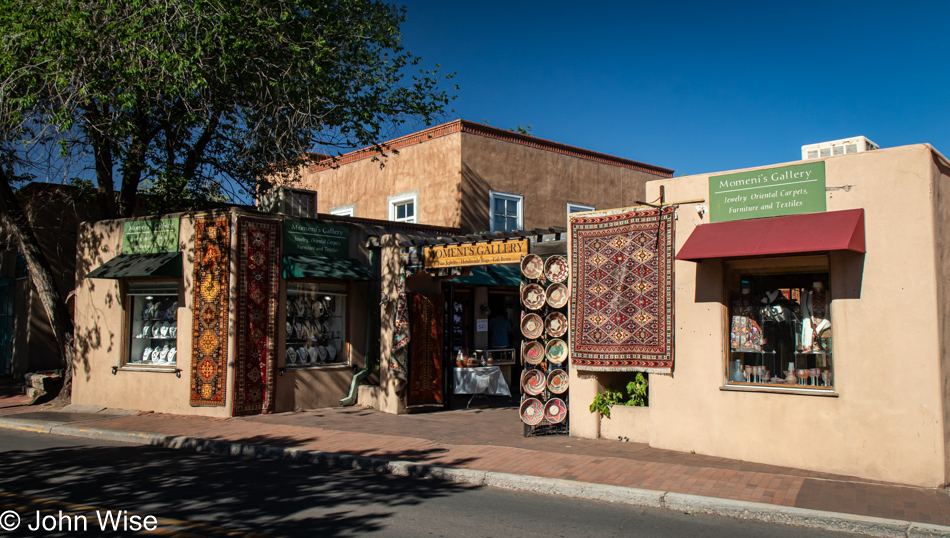
Like a bazaar from another age, a rug and basket trader is set up across the street from the church.

Next to the trader is this confused sculptor who presents us with “Adoration of the alien preparing to eat souls.” Get yours at the Wildhorse Gallery of Santa Fe across the street from the Loretto Chapel. In case aliens are not your thing, they also have live-sized Iron Man sculptures.
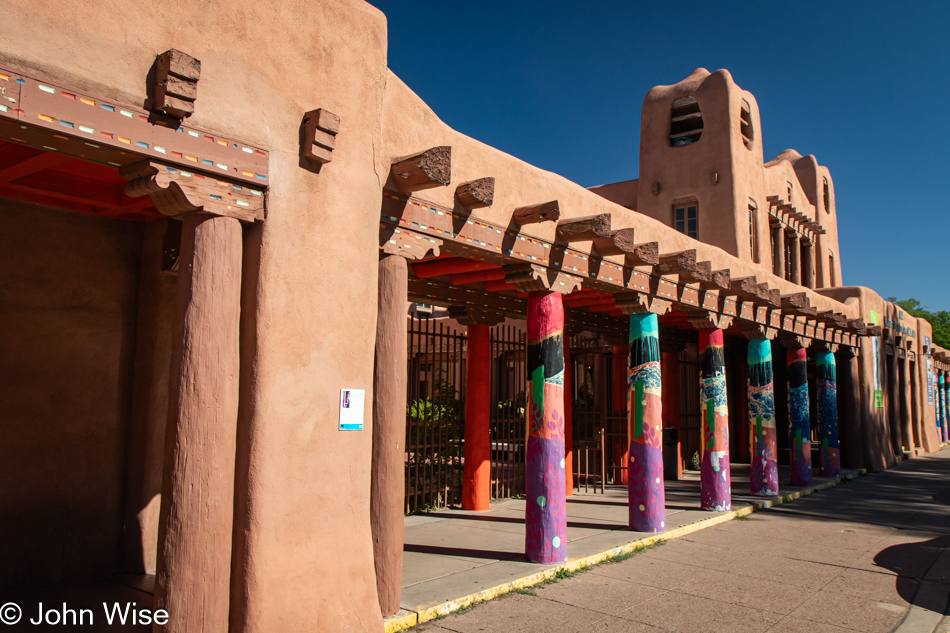
Most of Santa Fe does not look like the old town center, sadly.
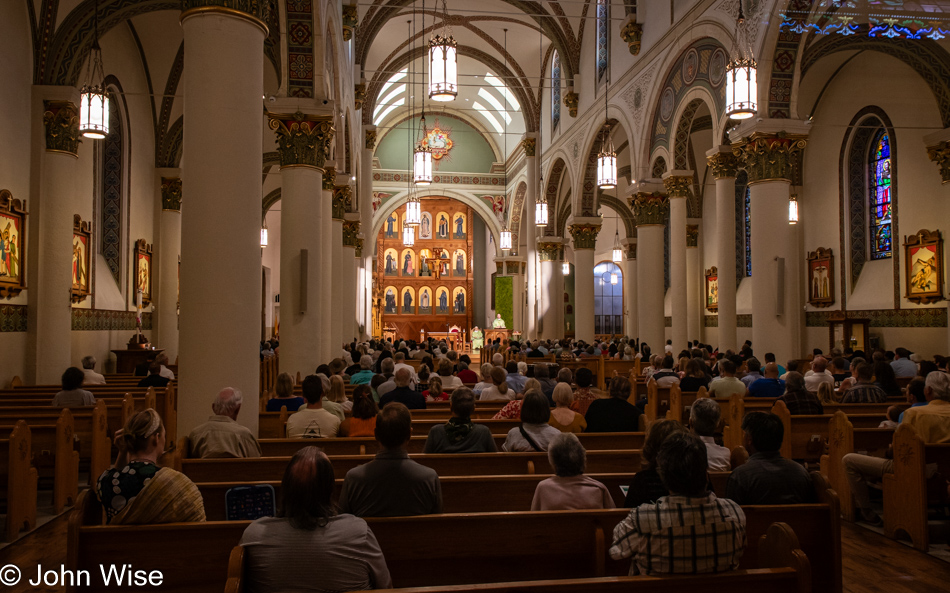
Be careful, parishioners attending mass here at the Basilica of St. Francis of Assisi: there are four angels nearby playing a summoning song while a bronze version of an alien satan is waiting to eat your souls. You’ve been warned.
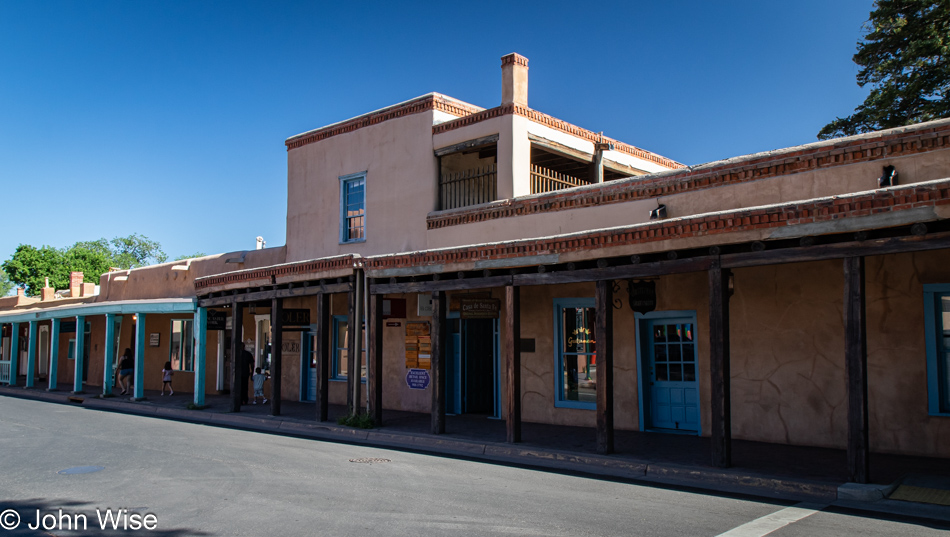
While the streets of Santa Fe are still quiet, that’s about to change.

On the main square, the Native American vendors selling handcrafted objects have been setting up, which means that the onslaught is about to begin, signaling Caroline and me to get out of town, or at least the city center.

Upon arriving in Santa Fe the other day, we learned that our reservation wasn’t for as long as we thought it was. At the time, Caroline suggested we extend it for the extra night so we could spend Sunday visiting museums, but I liked the idea that we move southeast at some point on Sunday so we’d be better positioned for a shorter drive home: a compromise to have the best of both worlds. As a surprise to Caroline, on the way out of the downtown area, I turned left, knowing beforehand that this would take us to Museum Hill instead of staying on the road we were on, which would lead us south and consequently into the general direction of home. This detour is going to take us to the Museum of Indian Arts & Culture.
The first photo I’m sharing from the museum is a pitcher which is approximately 1,000 years old and originated in the Tularosa Basin that was once occupied by members of the Anasazi and Mogollon cultures in southeastern New Mexico. The design references the region, and accordingly, its style is named Tularosa. Maybe I’ve not paid attention prior to today, but the designs are called isomeric patterns, and those on the neck specifically are tesselated isomer patterns. Search engines didn’t want to give up the secret of isomer patterns, insisting that I was looking for information about polyatomic ions, which are known as isomers. Artificial Intelligence to the rescue! Bard explained the following:
These patterns are based on the use of paired forms that can be perceived as reversible. This means that the same design can be seen as either a foreground object or a background pattern, depending on how the viewer’s eye interprets it.
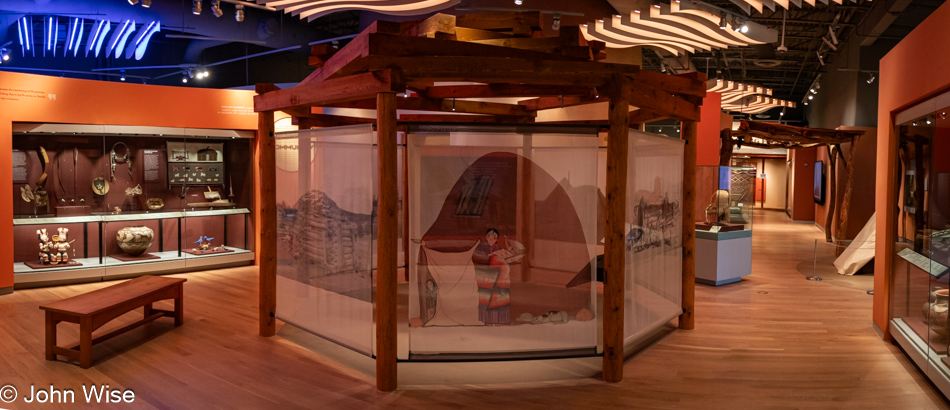
The more you learn about Native American culture on this continent, the better you can appreciate how difficult it is to visit a museum that adequately approaches a comprehensive overview of the people of this land prior to conquest. While the National Museum of the American Indian in Washington D.C. is the largest, it is one of more than 100 museums with a heavy or exclusive focus on Native American culture. As I sit here asking ChatGPT to continue adding more museums to the list, I realize that we could spend months on the road traveling the country to take in as many Native American museums as we could, and still, we’d only see a fraction of them.
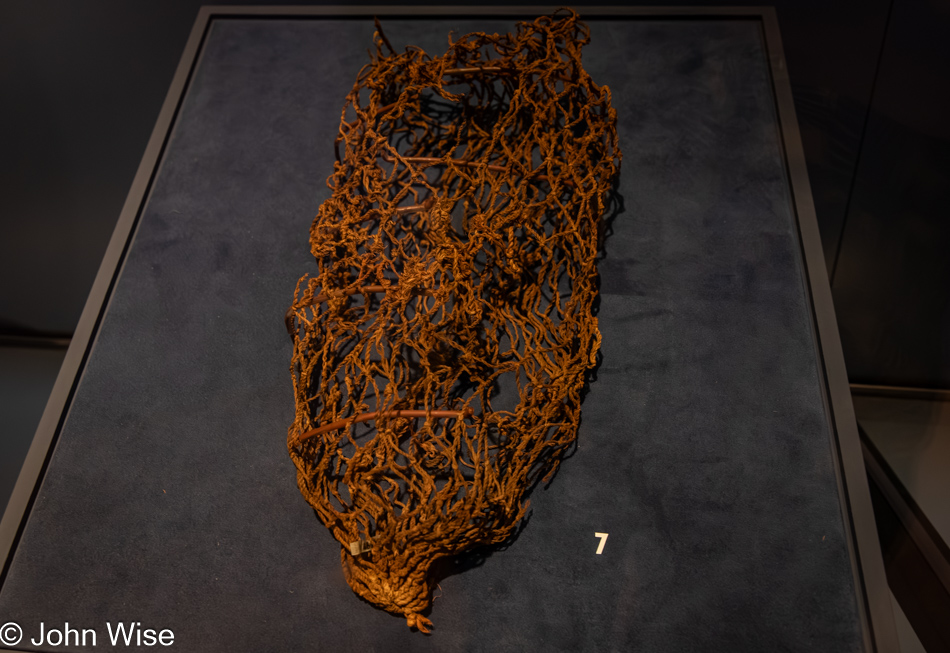
How this net bag survived hidden in the earth for 2,000 years or more boggles the mind. Equally intriguing is the knowledge that the people who made this were out harvesting plant fibers, treating them, and spinning them before configuring the resulting cordage into a bag in which they placed goods or pottery they’d carry with them for some undeterminable number of years before the bag was lost, forgotten, or thrown away.
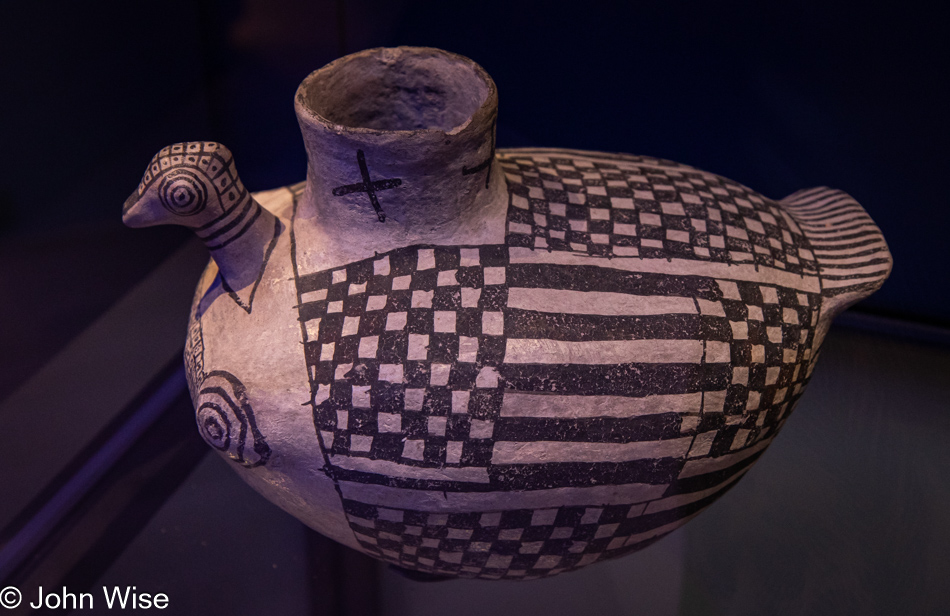
Another example of Tularosa pottery, though it might also be a Reserve type. As an effigy jar from between 1100 and 1150 CE, the shape depicts a bird, which is not unusual for this type of pottery in the Southwest, though this piece is one of the most detailed and realistic recovered so far.
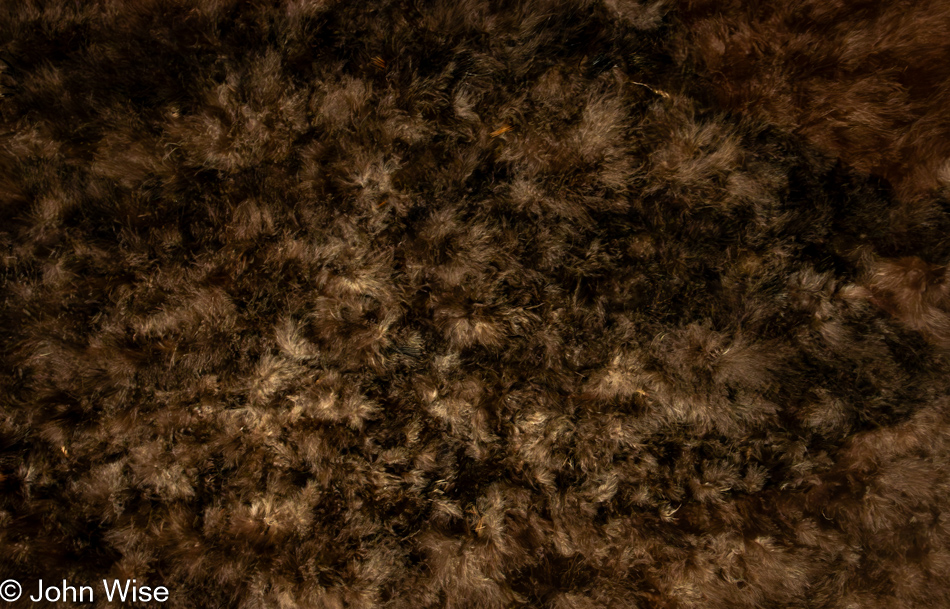
There’s a terrific video here in the museum about the making of this turkey feather blanket by Mary Weahkee of the Santa Clara Pueblo/Comanche people. The cloak is made from about 17,000 feathers from turkeys that only produce about 600 feathers per bird. She also points out that turkeys were not indigenous to this part of North America and arrived in the southwest from trade with the Aztecs.

Returning to my thought about the number of museums and the time required to see many of them, it pains me to some small degree that Caroline and I were not more prepared or aware of opportunities while we wandered the United States. Our first interest was often national parks and the landscape of the country before turning our attention to what else might be in the vicinity of our travels. I suppose the good thing is that should we somehow embark on taking in America’s Native American museums, the rest of the population will likely still be preoccupied with capturing selfie-trophies inspired by the influencers they are chained to instead of investigating the history of a people that lived on the lands prior to the arrival of all of us outsiders. This painting is titled “Father Sky, Mother Earth” and was created by Navajo artist Tony Abeyta in 1995.

Realistic people and animals depicted on pottery were hallmarks of the Mimbres style of Puebloan people a thousand years ago.

So few pay homage to the Native American peoples and subsequently display a high level of disrespect or simply ignore their heritage and presence. Due to this disrespect, there is much of their culture they’d rather not share with us. This was made clear to Caroline and me upon visiting our first Kachina dance on the Hopi Mesas. As I look at this depiction of a corn dance, I can only dream of ever witnessing it with my own eyes as, too often, the Puebloan people have a mistrust of what we’ll do with the information and images we take away. At least there’s some solace in knowing that colonialization didn’t absolutely destroy a rich culture worth preserving. This 1933 painting titled “Corn Dance” was created by self-taught artist Awa Tsireh (also known as Alfonso Roybal and Cattail Bird) of the San Ildefonso Pueblo.

This is quite possibly my favorite sculpture ever with the motion, layers, mystery, sense of musicality, the essence of a warrior, and the feeling of the shaman being present. I feel that the sculptor hit the mark in creating something that makes one wonder, “Who was this?”
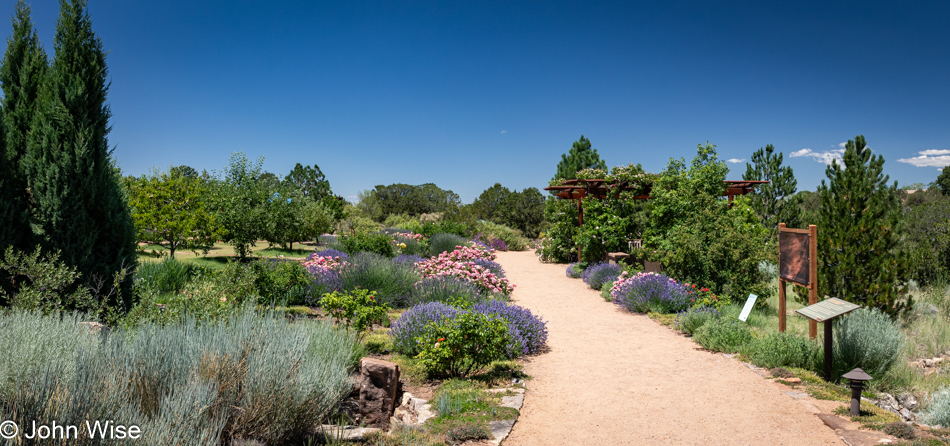
Across the way from Museum Hill lies the Santa Fe Botanical Garden and our last stop in town before we hit the road.

Still-green juniper berries are interesting enough, but the beautiful aroma from the plants brought magic to the rather small garden.
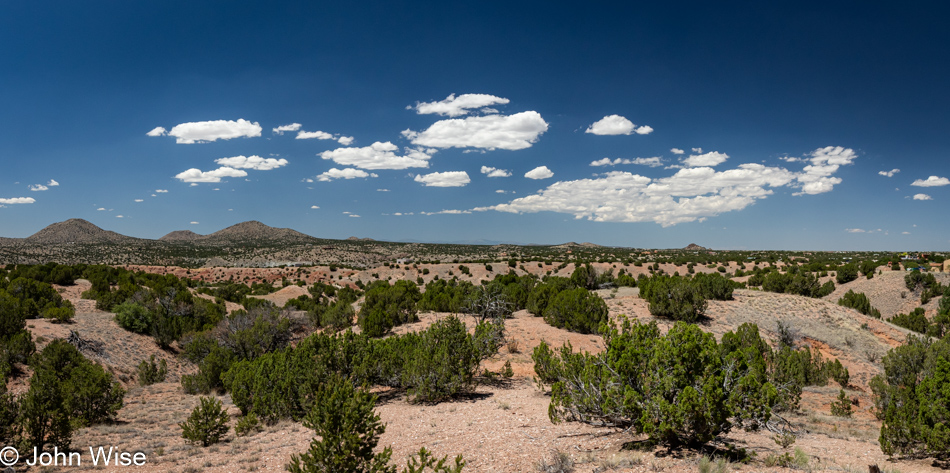
On our way out of Santa Fe, we stopped at the Iconik Coffee Roastery in a hipster corner of the city. As though things could get any trendier in this place, the coffee was of particular interest to us because they supply the Pantry where we often eat breakfast and seriously enjoy their java. The roastery has a great look and feel, and it turned out that we could get lunch there, so that’s just what we did. A short time later, we were satisfied and sipping our cold brews while heading south on the Turquoise Trail. Life was good but was about to get better: an old guy in a van sitting roadside next to the Lone Butte General Store was selling something that looked promising and required further investigation. Pecans and roasted pinons were coming home with us.
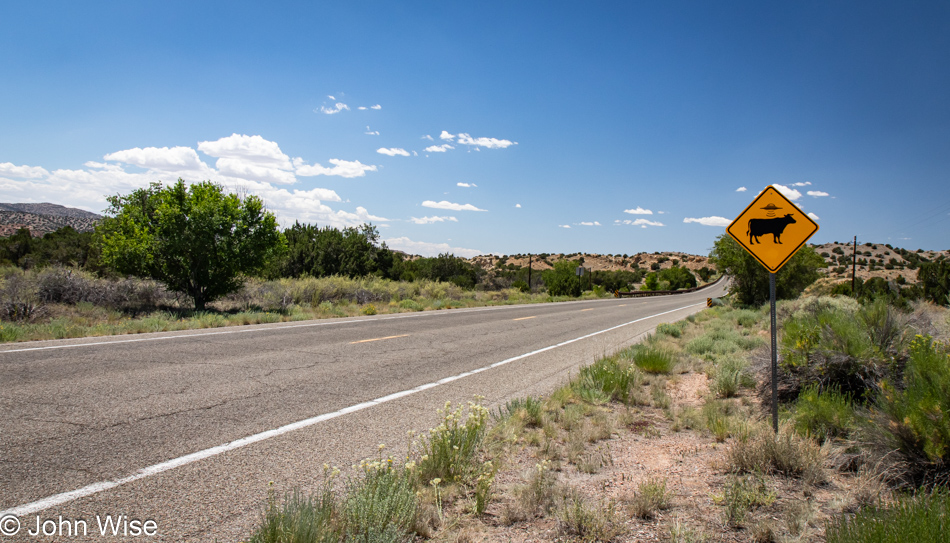
What we wouldn’t give to see a cow abducted by aliens, but like those antelope crossing signs, we know full well by now that we’ll never see for ourselves the promised sight.
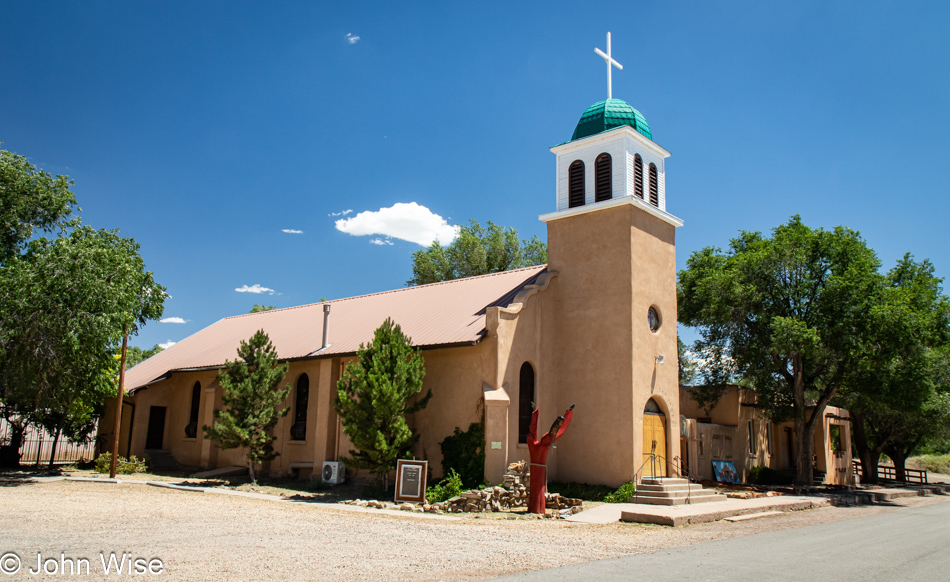
Hey Pope, what gives? We pulled into the tiny town of Los Cerrillos with the St. Joseph Catholic Church ON A SUNDAY, and the doors were locked. See if we ever go to Los Cerrillos, New Mexico, again.
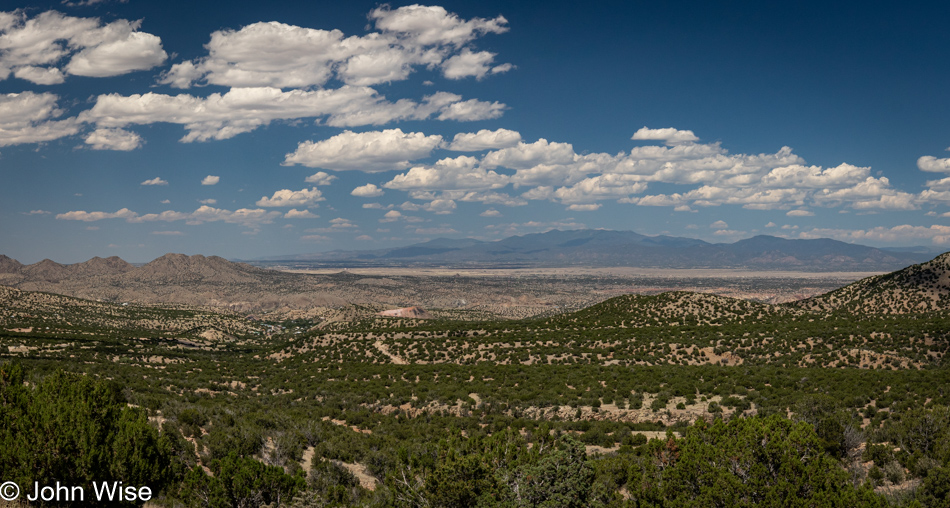
While it’s not easy to see in this photo, that’s Santa Fe way out there at the foot of the Sangre de Cristo Mountains just left of center. We are about 40 miles or more from the peaks touching the clouds.
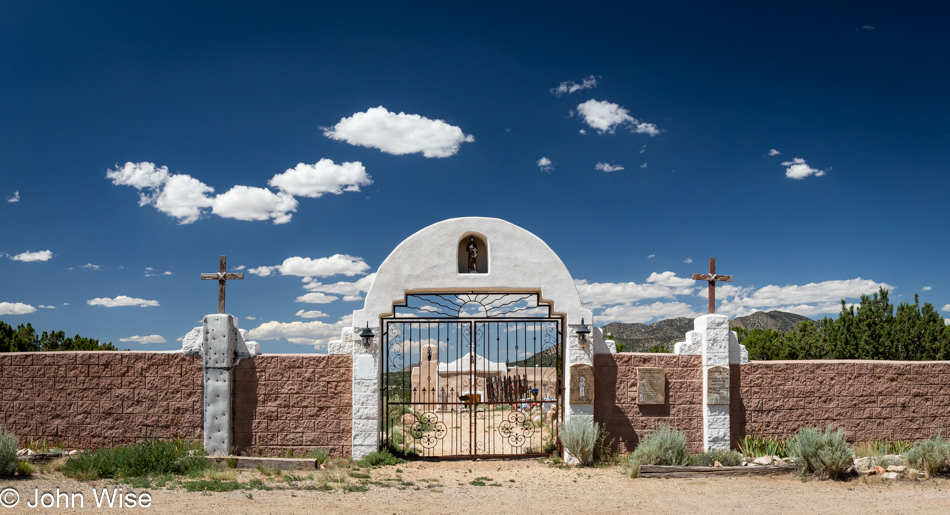
Okay, the first note to the Pope was meant tongue-in-cheek, but here we are in faraway Golden, New Mexico, ready to visit the San Francisco de Asis Catholic Church, and while the gates were open, the doors of the church were not. We were not only out here for sightseeing; we were also on a pilgrimage that required we stop and pray at every Catholic church we encountered, and we were being denied. I swear, one more time of finding ourselves locked out, I’ll turn to the dark side and join the Church of Satan.

Good thing we got out of Santa Fe when we did and that those churches were closed otherwise, we may not have had time to turn onto the Sandia Crest National Scenic Byway to see where the road goes.

As we reached the crest, the couple on the right just got engaged and asked if we could take their photo. Just then, the couple on the left who were sitting nearby spoke up and told all of us that they, too came up here to get engaged, having done so in the minutes before the other couple arrived. So, I asked them all to come together so I could grab a photo of the happy couples on their way to marriage.
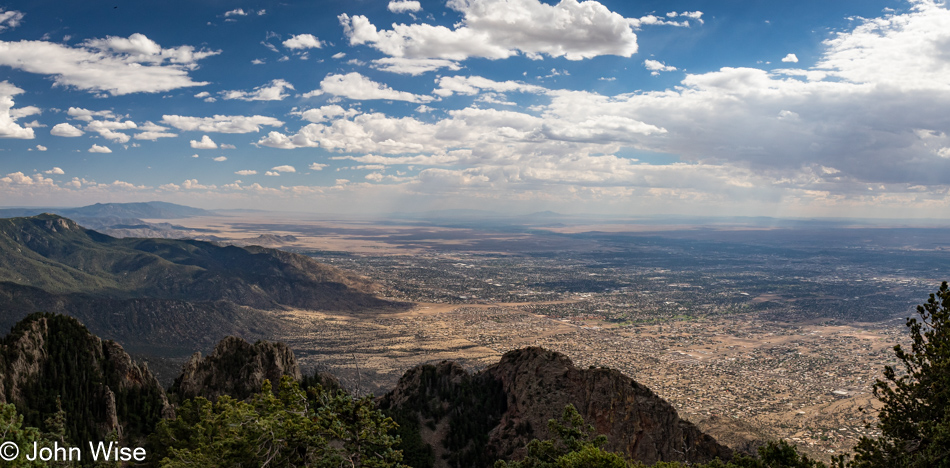
This might be the best view of Albuquerque anyone might ever see. I don’t mean to imply my photo is particularly beautiful, but that from 10,678 feet (3,254 meters), the city doesn’t look as horrid, dirty, and crime-ridden as it really is. Seriously, that city down there wins in many categories of crime, including violence and property violations. Reading up on the contributing factors, I see that limited economic opportunities, poor urban planning, homelessness, financial hardship, substance abuse, and the city’s location as a thoroughfare and hub for a variety of interstate criminal activities all play a role. Looking at it this way has me thinking about the very city we live in, Phoenix, Arizona, but still, Albuquerque is special in the depravity of it all. In some inexplicable way, one simply senses it when down there.

Like a fear of werewolves and vampires, Albuquerqueans must eat dinner before the sun goes down: at 8:00 p.m., finding an open restaurant becomes a near impossibility. We race towards the city I’d rather avoid because, like the Catholic churches in this state are closed on Sunday, most of the damned restaurants are closed too, but we found one place that promises to be open until 9:00. Was it any good? Hell no, as it reflects the environment of this tortured city, but the setting sun with the vast horizon is rather beautiful.
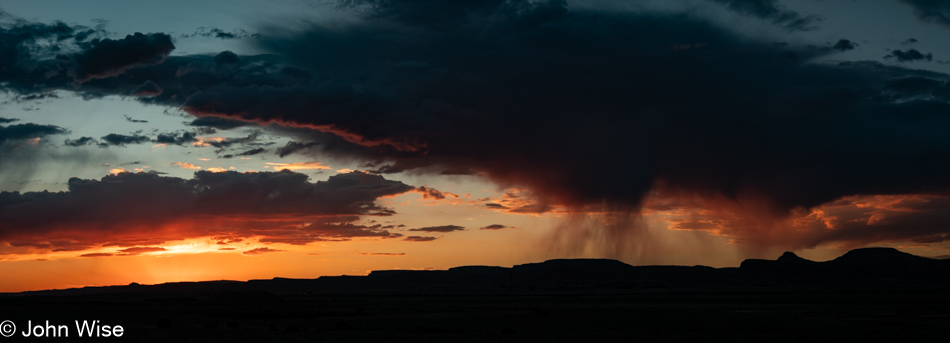
We are on our way to Gallup, New Mexico, for the night, and the spectacular skies force us off Interstate 40 to capture the moment. If this isn’t the kind of iconic southwest sunset one dreams of, then nothing is.
